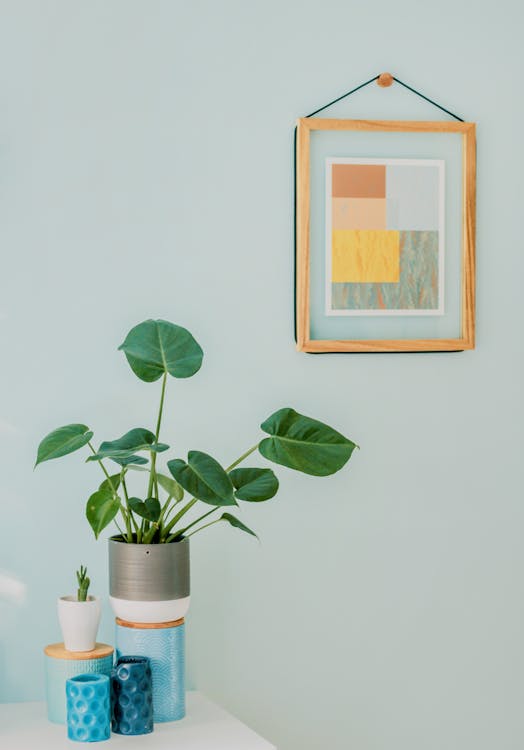Replanting plants donated by tita Arlene and introducing my new plastics pots and watering can.
Replanting plants in white plastic pots is not only an aesthetically pleasing choice but also a sustainable practice that benefits both your indoor or outdoor greenery and the environment. In this article, we will explore the advantages of using white plastic pots and offer guidance on how to effectively repot your plants to ensure their health and vitality.
The Benefits of White Plastic Pots
1. Aesthetic Appeal: White plastic pots have a timeless, clean, and modern look that complements any home or garden decor. They provide a fresh and neutral background that allows the vibrant colors of your plants to shine.
2. Lightweight and Durable: White plastic pots are lightweight, making them easy to move around and rearrange as needed. They are also durable and can withstand various weather conditions, making them suitable for both indoor and outdoor use.
3. Cost-Effective: Plastic pots are generally more affordable than their ceramic or terracotta counterparts, making them an economical choice for both beginner and seasoned gardeners.
4. Moisture Retention: Plastic pots retain moisture better than some other materials, helping to prevent soil from drying out too quickly. This can be especially beneficial for certain plant varieties that require consistent moisture.
How to Successfully Repot Plants in White Plastic Pots
1. Gather Your Materials:
Before starting the repotting process, gather the necessary materials, including the white plastic pots, potting soil, your plants, and any additional accessories like a trowel or gloves.
2. Choose the Right Size:
Select a white plastic pot that is the appropriate size for your plant. Ensure that the new pot has sufficient space for the plant's root system to grow. Typically, the new pot should be 1-2 inches larger in diameter than the old pot.
3. Prepare the Pot:
Fill the bottom of the white plastic pot with a layer of fresh potting soil, creating a base for the plant. Make sure there are drainage holes in the pot to prevent overwatering.
4. Remove the Plant:
Gently remove the plant from its current pot by holding the base of the stem and turning the pot upside down. Tap the sides of the pot to loosen the soil and carefully slide the plant out.
5. Check and Prune Roots:
Examine the root system for any damaged or unhealthy roots. Trim them as needed, ensuring that the remaining roots are healthy and intact.
6. Place in the New Pot:
Position the plant in the center of the white plastic pot, making sure it sits at the same depth as it did in the old pot. Add potting soil around the plant, filling the pot to about an inch below the rim. Pat down the soil gently to eliminate air pockets.
7. Water and Care:
After repotting, thoroughly water the plant to help settle the soil and hydrate the roots. Keep the newly potted plant in an appropriate environment for its specific care requirements, whether that's in direct sunlight, partial shade, or indoors.
Replanting your plants in white plastic pots offers a myriad of benefits, from their attractive appearance to their practicality. By following the steps mentioned above, you can successfully repot your plants, ensuring their health and continued growth. This green living practice is not only rewarding for your personal space but also for the planet, as it promotes sustainability and responsible gardening practices. So, give your plants a fresh start in a white plastic pot and watch them flourish in their new home.











